Here are 7 Fun Facts about Earth.
Earth zips around the sun in more than 365 days
We’re back to the sidereal thing. This time it’s the year. So just like there is a sidereal day, it applies to the year. It is sometimes known as the sidereal orbital period.
This means it’s the time Earth or any planetary body takes to orbit the Sun once in relation to given fixed stars. It takes 365 days, 5 hours, 59 minutes, and 16 seconds. You can bank that our year is more than 365 days. Furthermore, the extra hours account for the 28 days of February every four years. Popular as the leap year. Earth orbits the sun at 67,000 miles or 107,826 km per hour.

Earth has a sidereal day
Say what? Tune in. Earth rotates on its axis and since the sun appears in the same position in the sky, it’s called a solar day. As you know it takes 24 hours. Then there is the time the Earth takes to rotate about its axis compared to fixed distant stars other than the sun. That is what is called a sidereal day. It is 4 minutes shorter than the solar day. To be exact it takes 23 hours 56 minutes and 4.091 seconds.
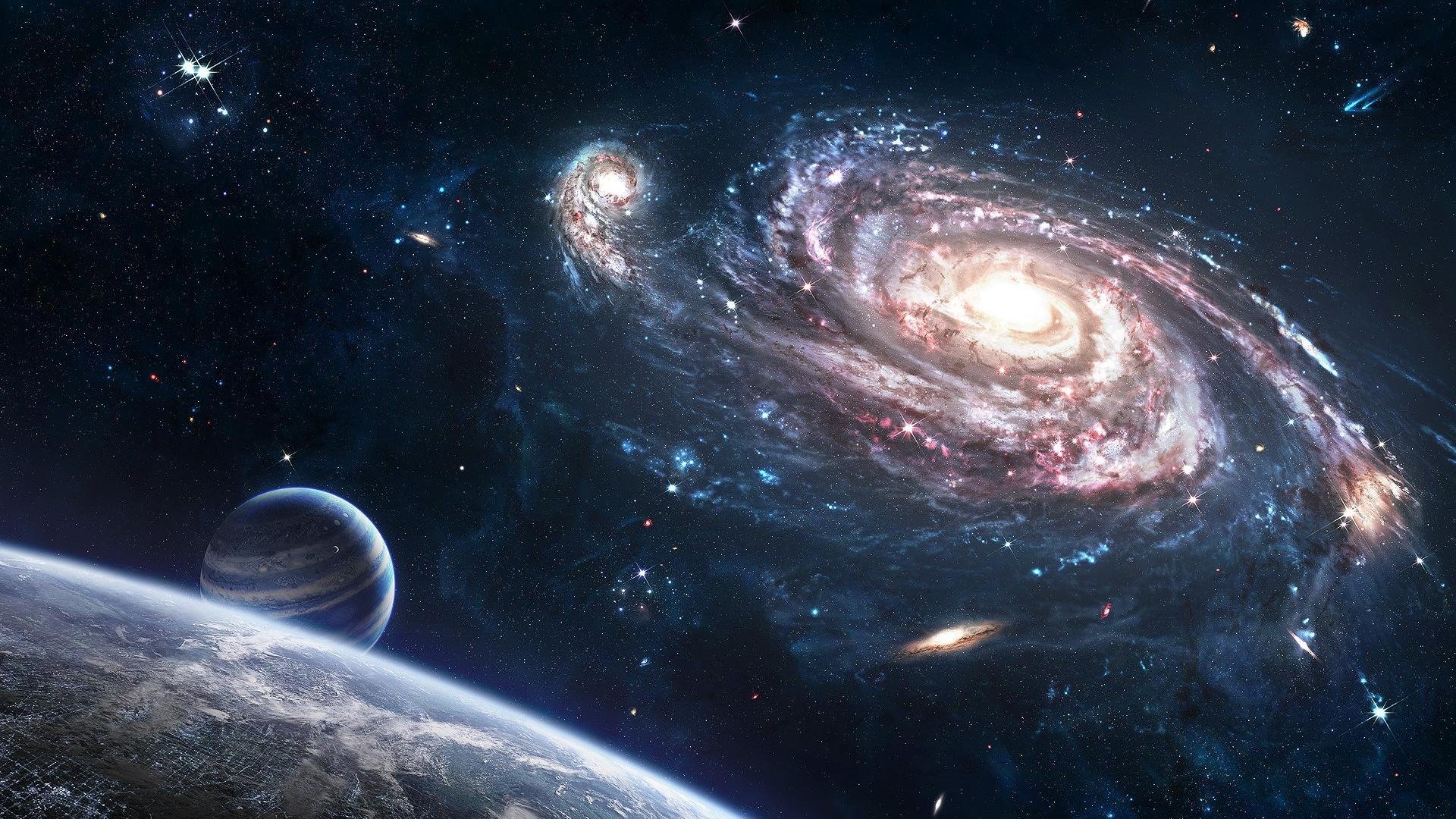
Earth is never stopping
Our planet spins on its axis counterclockwise or from west to east. It may appear we are firm but the truth is we are in constant motion to a tune of 1,000 miles per hour. The rotation speed depends on your location on the globe. Areas near the equator move the fastest, unlike the pole zones. The analogy is that the equator section is the largest and requires more time to complete a spin than the rest of the parts. Thus the way to achieve that is to race faster than any of the other places.
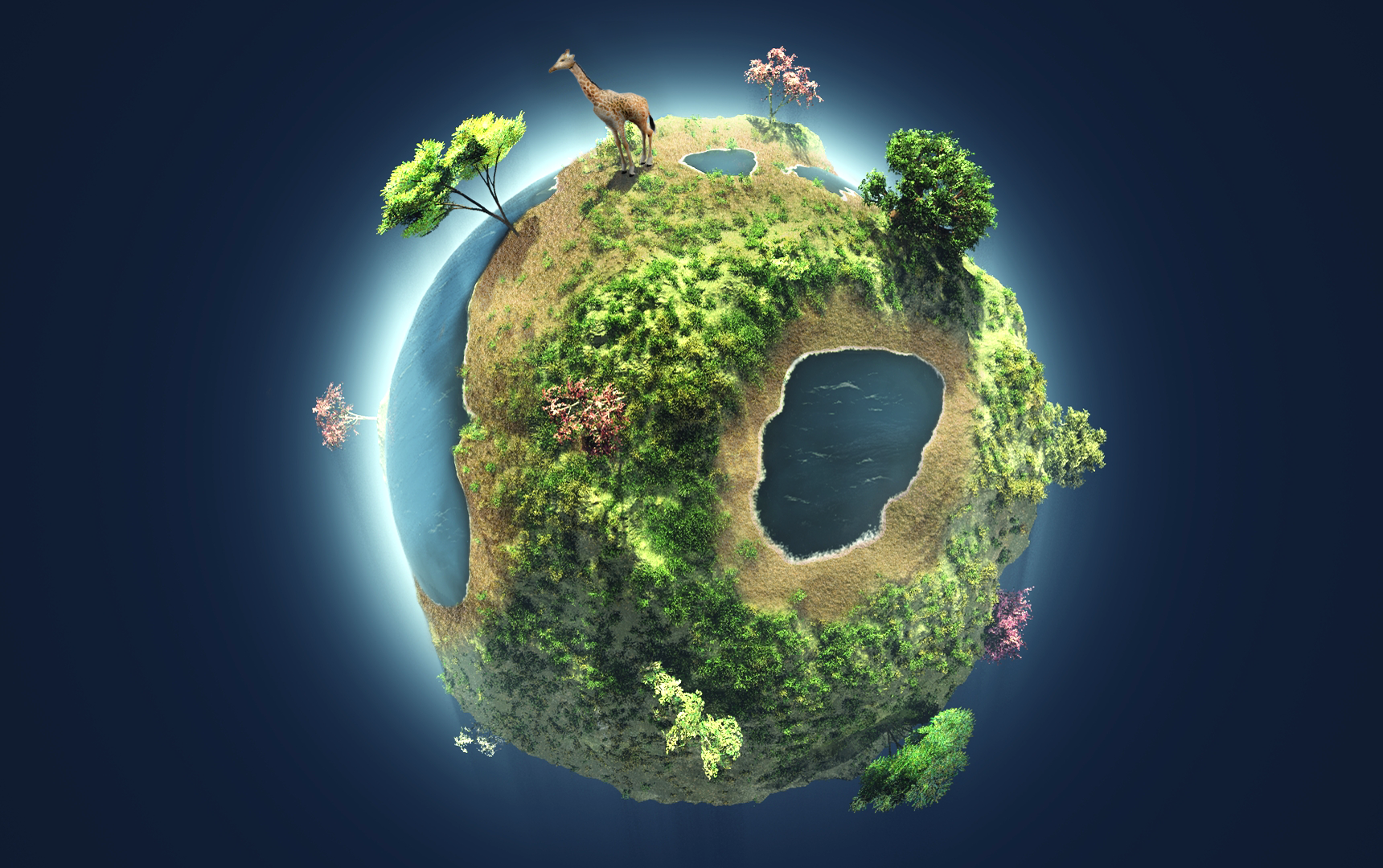
We are the densest in the solar system
The average density of Earth is 5.5 g/cm3. Suppose our planet was dropped on a pool of water large enough to fit in, Earth would sink. This is because the density of water is 1 gram per cubic centimeter (1 g/cm3). That proves Earth is denser than water. On the other hand, Saturn has the lowest density of all planets. It’s less dense than water meaning if put on a water body large enough to hold it, it would float.
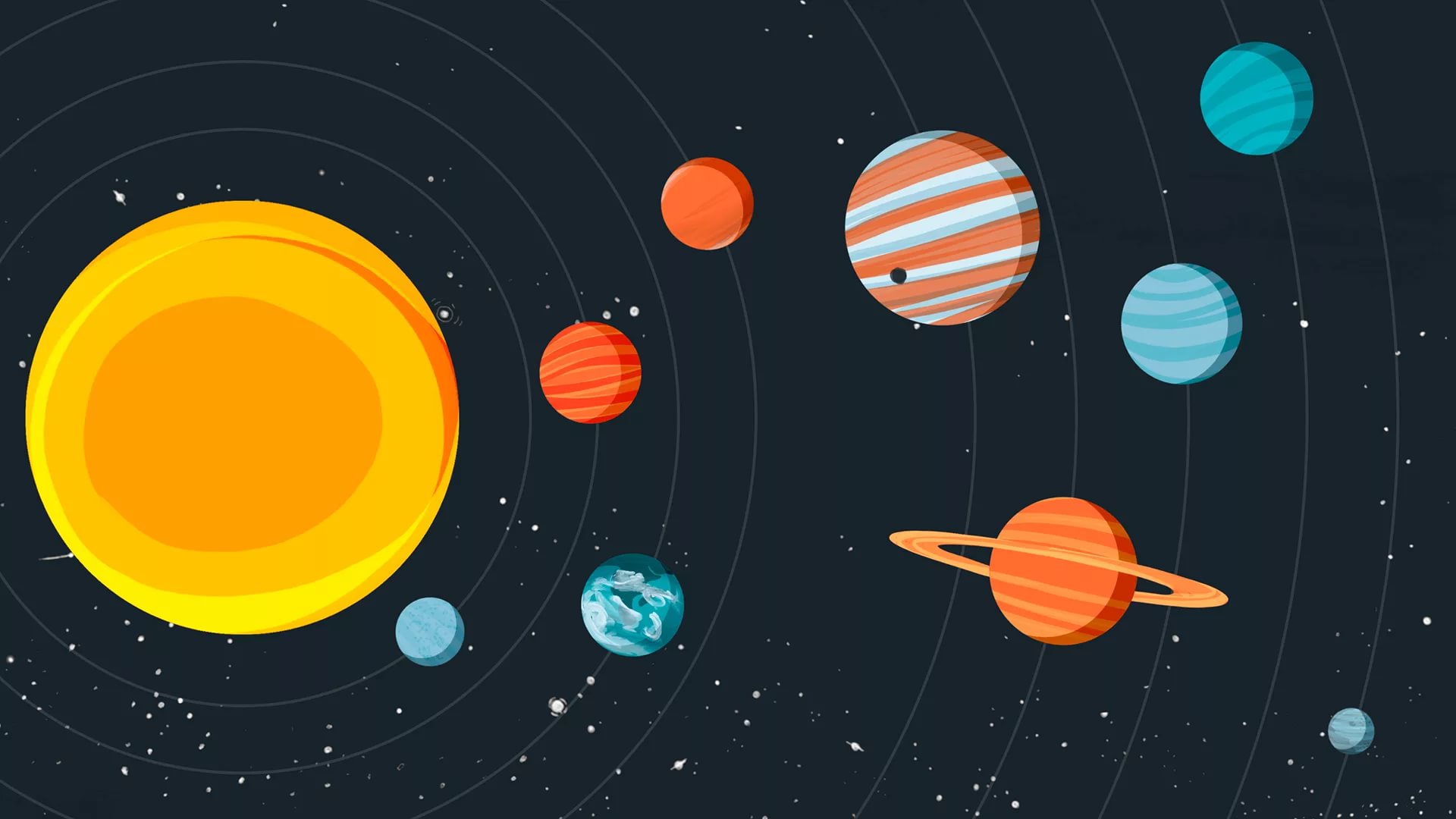
Earth has a “twin” planet
Venus is sometimes called Earth’s “sister” or “twin” because their composition is alike. They both have rocky surfaces and are more or less the same in size and structure. They differ in that Venus is prominent for extreme surface heat and a dense yet toxic atmosphere. Additionally, Mercury may be closest to the sun but Venus is the hottest and hence the brightest planet in the solar system.
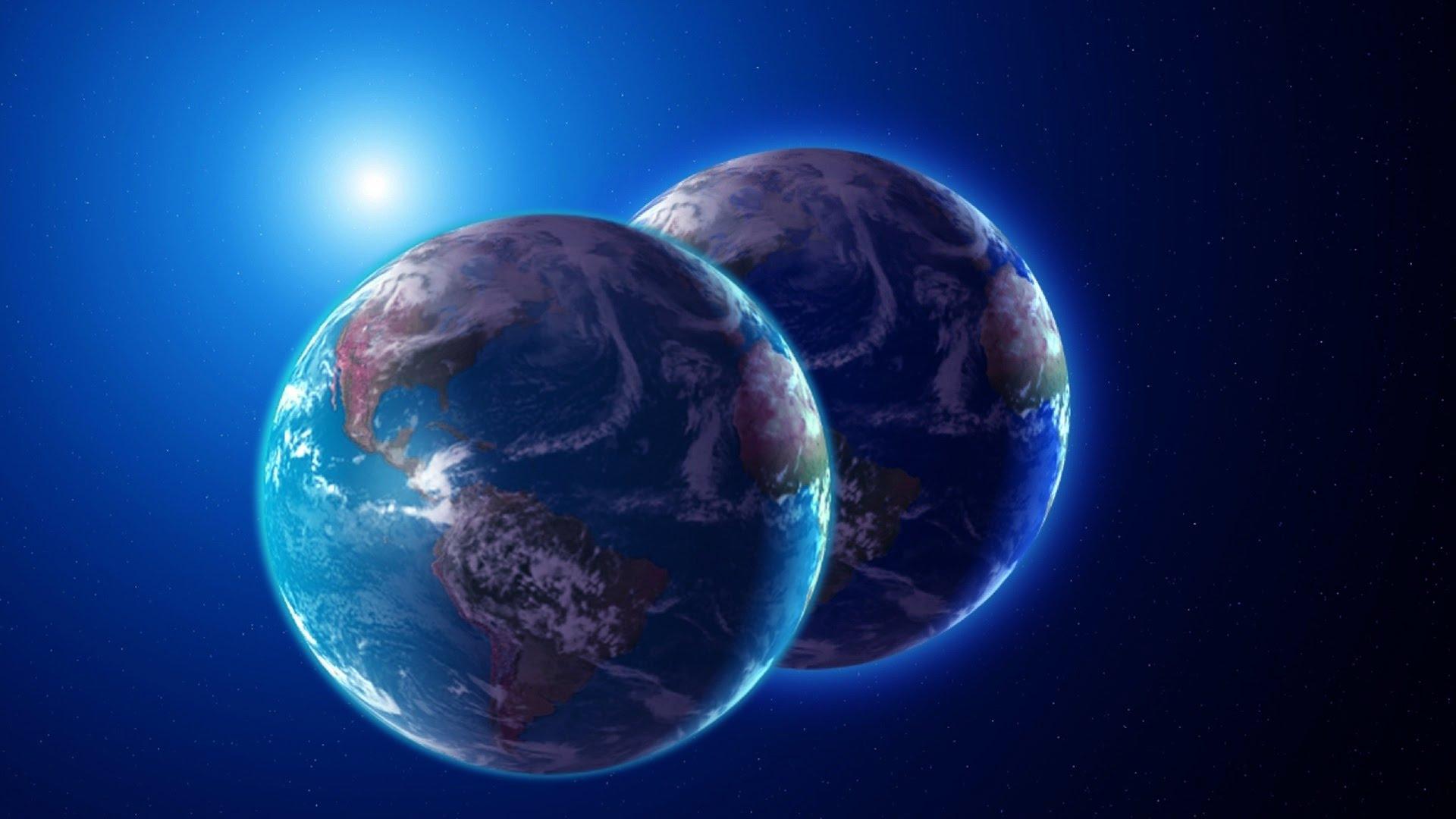
We’re third closest to the sun
Earth is about 93 million miles or 150 million kilometers from the sun. In the first place is Mercury at 36 million miles or 58 million km. It’s followed by Venus at over 108 million km. Then Earth settles in third place.
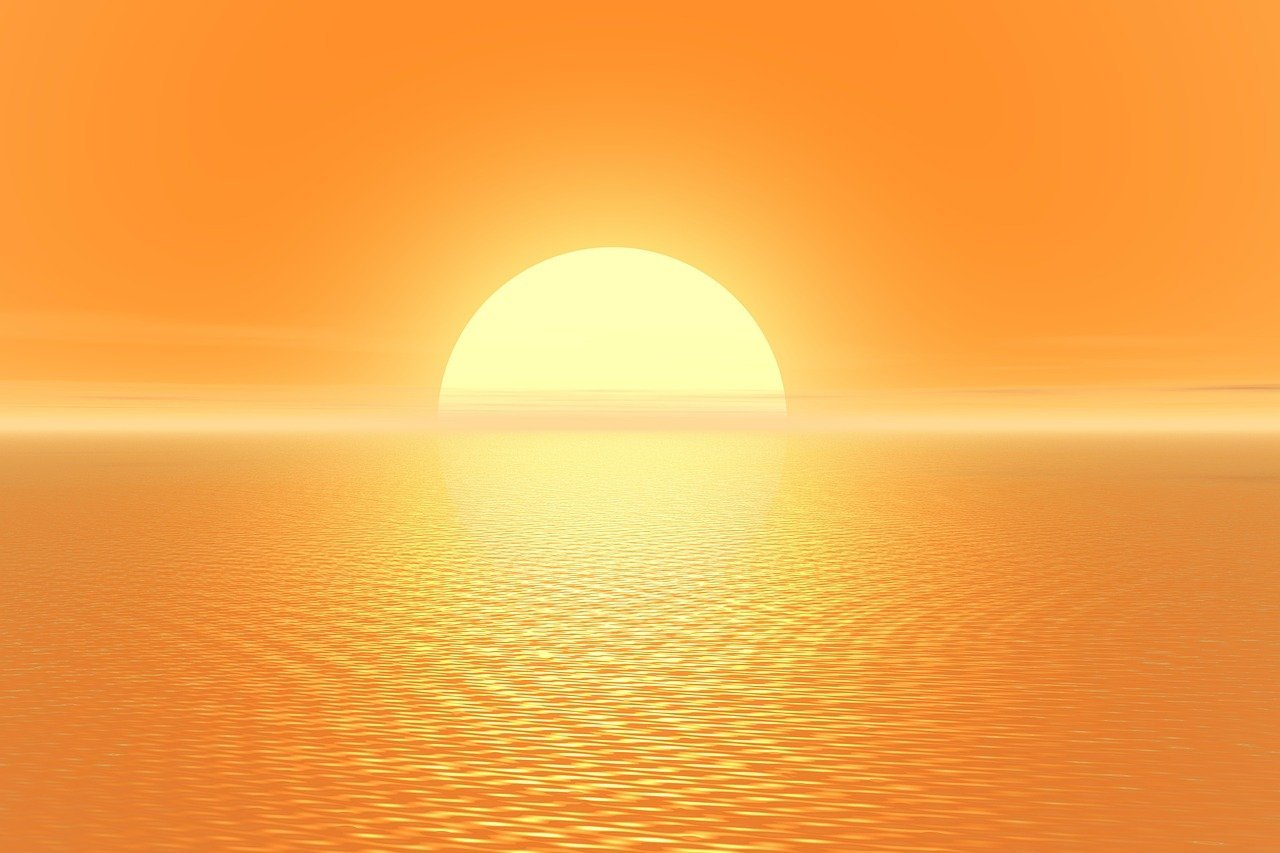
Earth has seen billions of years
According to scientists, Earth formed 4.54 billion years ago with a plus or minus of 50 million years. Researchers determine this using the oldest rocks as well as studies on fellow terrestrial planets. So Earth was formed by gravity that pulled swirling gas and dust into what it is today.
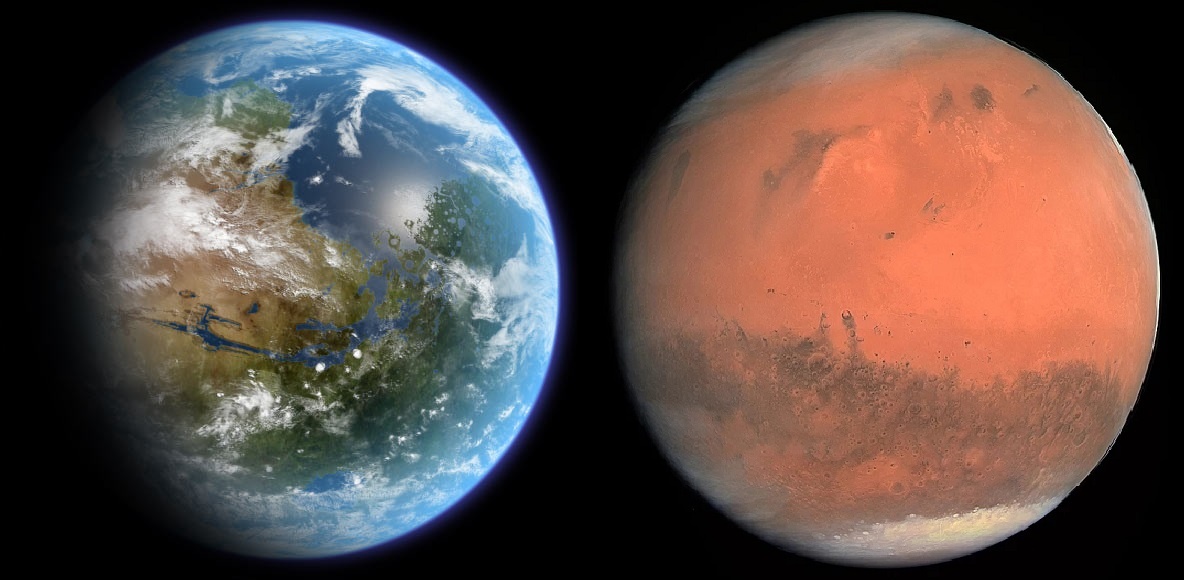




Related Posts
Top-7 Most Expensive Dogs in the World
7 Most Expensive Cats in the World 2023
Top-7 most luxurious and expensive airlines in the world